Introduction
In today’s global economy, the strength and stability of a currency can have far-reaching impacts on international trade, investment, and economic policies. The power of a currency often reflects the economic stability and influence of the country it represents. In this article, we explore the 10 most powerful currencies in the world, providing insights into their significance, stability, and global impact.
1. US Dollar (USD)
Overview
The US Dollar (USD) is the world’s most influential and widely used currency. It serves as the primary reserve currency globally, making it a cornerstone of international trade and finance. The strength of the USD is largely attributed to the size and stability of the US economy, as well as the dollar’s role in global financial markets.
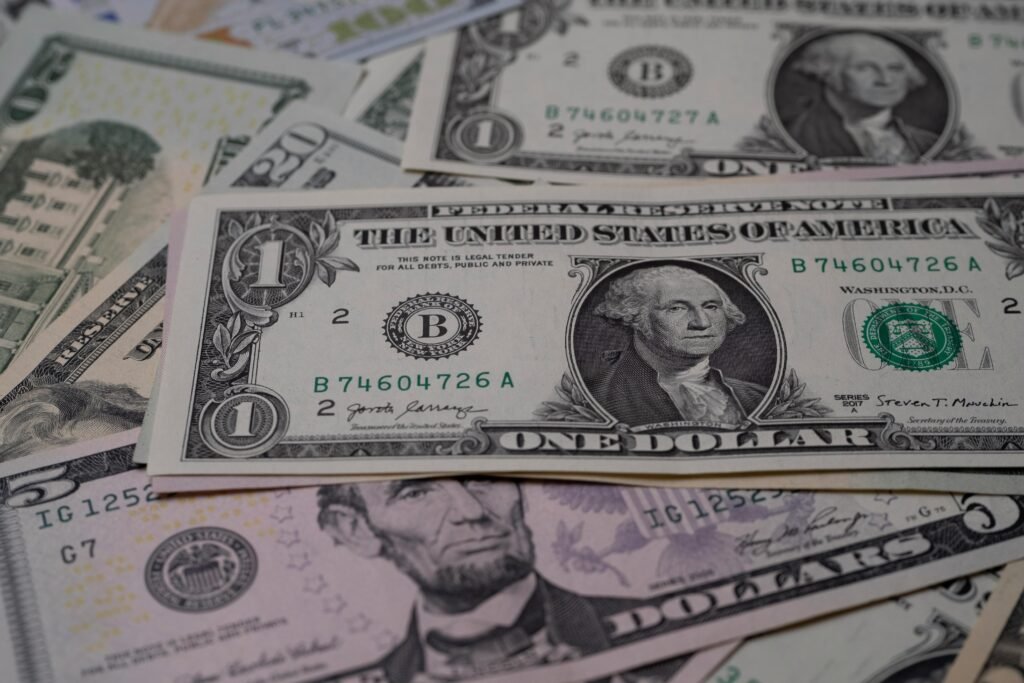
Key Factors
- Economic Power: The US has the largest economy in the world, bolstered by a diverse industrial base, technological innovation, and significant consumer spending.
- Reserve Currency: The USD accounts for approximately 60% of global foreign exchange reserves, reflecting its dominant role in international trade.
- Global Trade: Many commodities, including oil and gold, are priced in USD, reinforcing its significance in global markets.
Stability and Impact
The USD’s stability is supported by the US Federal Reserve’s monetary policies, economic strength, and geopolitical influence. Its widespread use in global transactions and as a benchmark for other currencies underscores its power.
2. Euro (EUR)
Overview
The Euro (EUR) is the official currency of the Eurozone, which includes 19 of the 27 European Union member states. As the second most traded currency in the world, the Euro plays a critical role in global finance and trade.
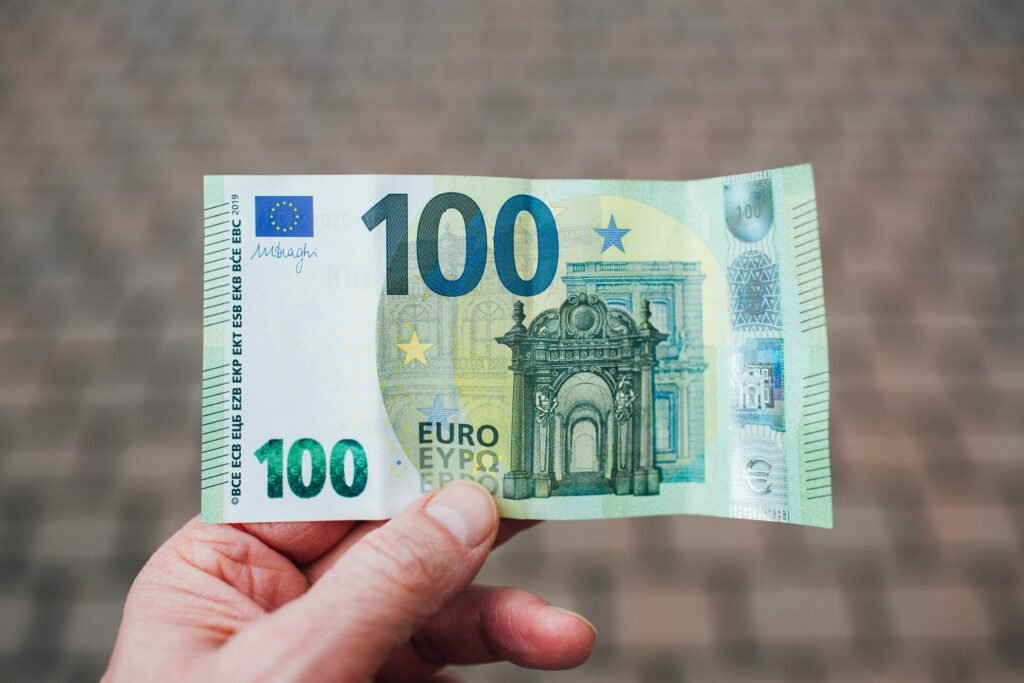
Key Factors
- Economic Union: The Eurozone represents a significant portion of the global economy, with major economies like Germany, France, and Italy contributing to its strength.
- Trade and Investment: The Euro is widely used in international trade and investment, particularly within Europe and its neighboring regions.
- Reserve Currency: The Euro holds a substantial share of global foreign exchange reserves, second only to the USD.
Stability and Impact
The European Central Bank (ECB) manages the Euro’s monetary policy, aiming to ensure stability and control inflation. The Euro’s influence extends across Europe and beyond, making it a major player in international finance.
3. British Pound Sterling (GBP)
Overview
The British Pound Sterling (GBP), often referred to simply as the Pound, is the official currency of the United Kingdom. It is one of the oldest currencies still in use and remains a significant player in global financial markets.
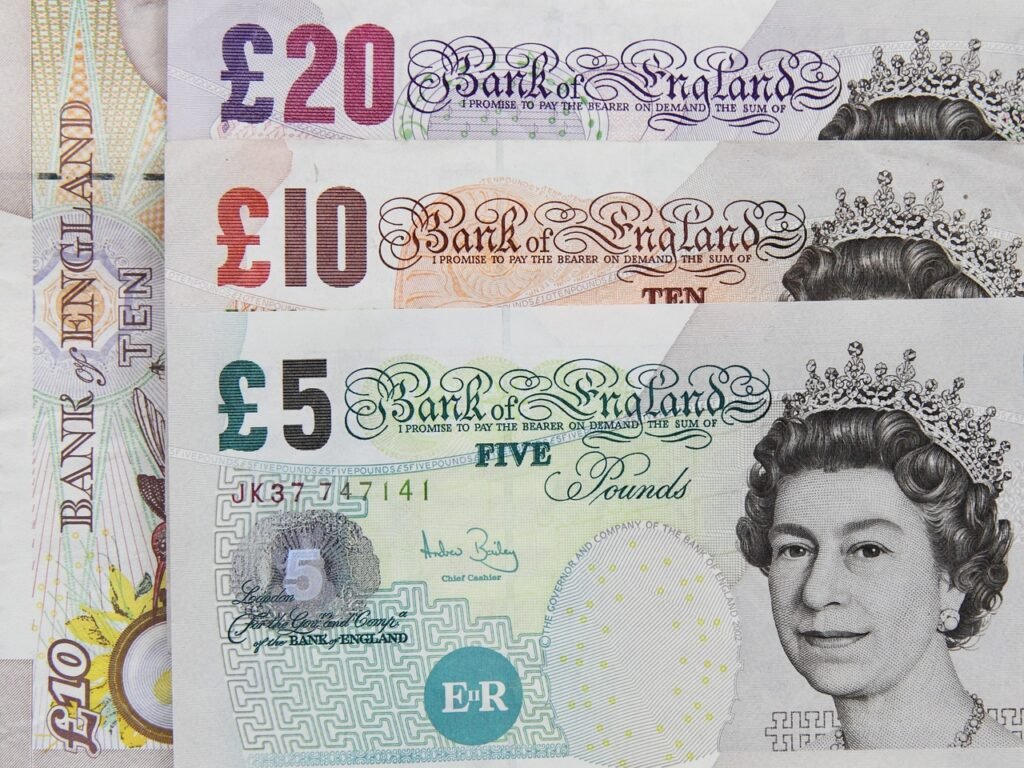
Key Factors
- Historical Strength: The GBP has a long history of stability and strength, rooted in the UK’s economic and financial heritage.
- Global Finance: London is a major global financial center, contributing to the Pound’s influence in international finance.
- Reserve Currency: The GBP is one of the top currencies held in global foreign exchange reserves.
Stability and Impact
The Pound’s stability is supported by the Bank of England’s monetary policies and the UK’s strong economic foundations. Its role in global finance and trade ensures its continued significance.
4. Japanese Yen (JPY)
Overview
The Japanese Yen (JPY) is the official currency of Japan and is known for its significant role in the global financial system. It is the third most traded currency in the world, reflecting Japan’s economic influence.
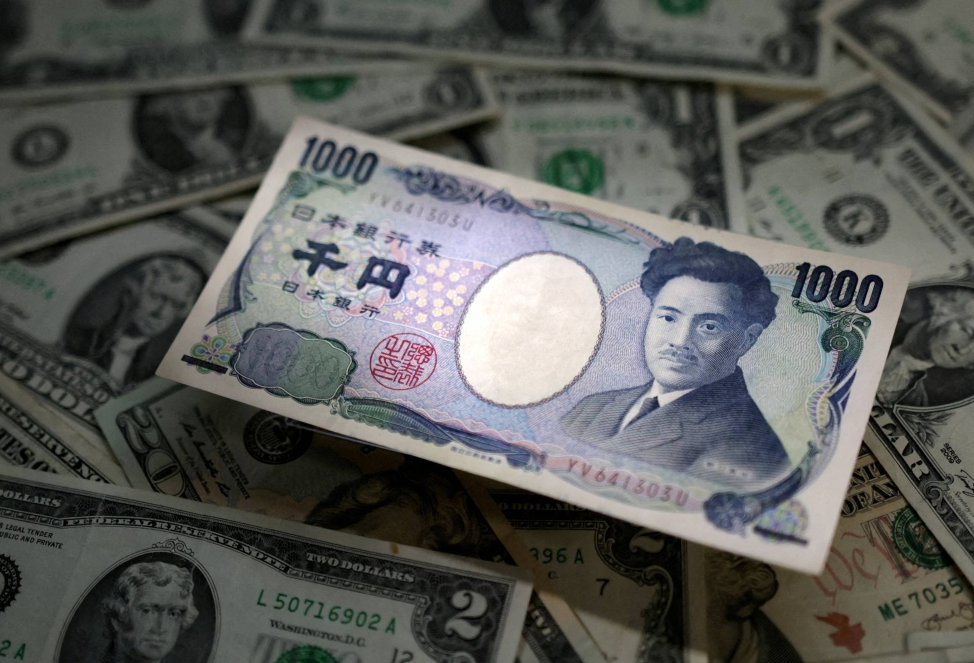
Key Factors
- Economic Power: Japan is one of the largest economies globally, with a strong industrial base and technological advancements.
- Trade and Investment: The Yen is widely used in international trade and investment, particularly in Asia.
- Reserve Currency: The Yen is a major reserve currency, reflecting Japan’s economic significance.
Stability and Impact
The Bank of Japan (BoJ) manages the Yen’s monetary policy, focusing on economic stability and combating deflation. The Yen’s role in global finance and trade highlights its importance.
5. Swiss Franc (CHF)
Overview
The Swiss Franc (CHF) is the official currency of Switzerland and is known for its stability and safety. It is a favored currency for investors seeking a secure haven in times of economic uncertainty.
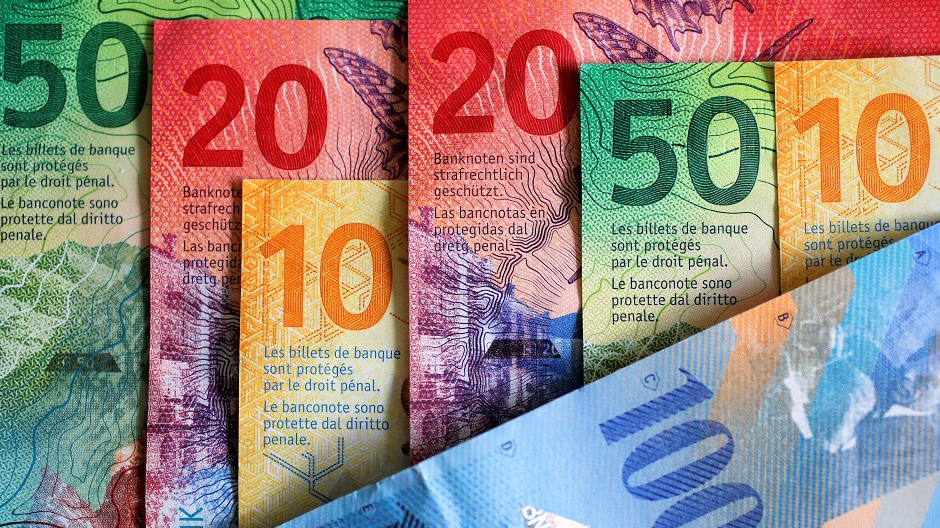
Key Factors
- Economic Stability: Switzerland’s strong economy, political stability, and banking secrecy contribute to the Franc’s appeal.
- Global Finance: The Swiss financial system is highly developed, with a significant role in international finance.
- Safe Haven Currency: The Franc is often considered a safe haven currency during periods of economic instability.
Stability and Impact
The Swiss National Bank (SNB) manages the Franc’s monetary policy, focusing on maintaining stability and controlling inflation. The Franc’s reputation as a stable and secure currency reinforces its global significance.
6. Canadian Dollar (CAD)
Overview
The Canadian Dollar (CAD) is the official currency of Canada and is known for its strong ties to the commodity markets, particularly oil. It is a significant player in global finance and trade.

Key Factors
- Commodity Ties: Canada’s economy is heavily influenced by natural resources, particularly oil and minerals, which impacts the CAD’s value.
- Trade Relations: The CAD is influenced by trade relations with the US, Canada’s largest trading partner.
- Reserve Currency: The CAD is held in global foreign exchange reserves, reflecting its economic significance.
Stability and Impact
The Bank of Canada manages the CAD’s monetary policy, focusing on economic stability and controlling inflation. The CAD’s ties to the commodity markets and trade relations highlight its importance.
7. Australian Dollar (AUD)
Overview
The Australian Dollar (AUD) is the official currency of Australia and is known for its role in the commodity markets, particularly mining and agriculture. It is a prominent currency in the Asia-Pacific region.

Key Factors
- Commodity Influence: Australia’s economy is heavily influenced by mining and agriculture, impacting the AUD’s value.
- Trade and Investment: The AUD is widely used in international trade and investment, particularly in the Asia-Pacific region.
- Reserve Currency: The AUD is held in global foreign exchange reserves, reflecting its regional significance.
Stability and Impact
The Reserve Bank of Australia (RBA) manages the AUD’s monetary policy, focusing on economic stability and controlling inflation. The AUD’s role in the commodity markets and trade relations underscores its importance.
8. Chinese Yuan (CNY)
Overview
The Chinese Yuan (CNY) is the official currency of the People’s Republic of China and has gained increasing influence in global finance and trade. China’s economic rise has elevated the Yuan’s role on the world stage.
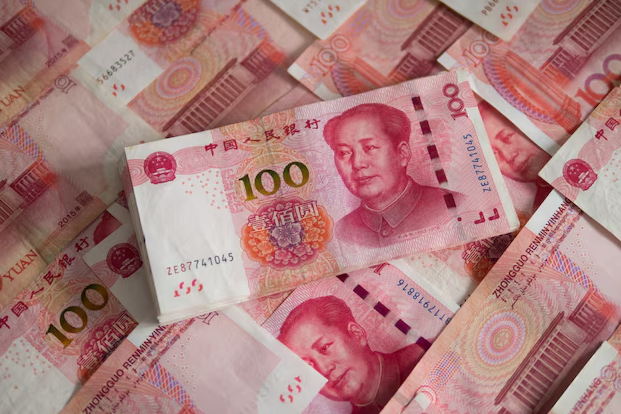
Key Factors
- Economic Growth: China’s rapid economic growth and its position as the world’s second-largest economy contribute to the Yuan’s influence.
- Global Trade: The Yuan is increasingly used in international trade, particularly with China’s growing global presence.
- Reserve Currency: The Yuan is held in global foreign exchange reserves, reflecting China’s economic impact.
Stability and Impact
The People’s Bank of China (PBoC) manages the Yuan’s monetary policy, focusing on economic stability and controlling inflation. The Yuan’s growing role in global finance and trade highlights its significance.
9. Singapore Dollar (SGD)
Overview
The Singapore Dollar (SGD) is the official currency of Singapore and is known for its stability and strength. Singapore’s economic success and financial stability contribute to the SGD’s global significance.
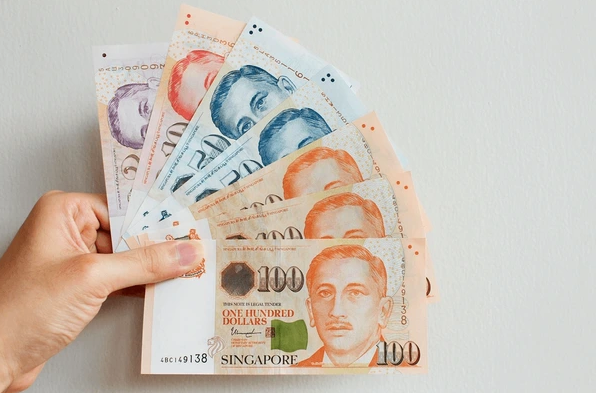
Key Factors
- Economic Strength: Singapore’s strong and stable economy, along with its financial sector, supports the SGD’s value.
- Trade and Investment: The SGD is widely used in international trade and investment, particularly in the Asia-Pacific region.
- Reserve Currency: The SGD is held in global foreign exchange reserves, reflecting its economic impact.
Stability and Impact
The Monetary Authority of Singapore (MAS) manages the SGD’s monetary policy, focusing on maintaining stability and controlling inflation. The SGD’s role in international trade and finance highlights its importance.
10. Hong Kong Dollar (HKD)
Overview
The Hong Kong Dollar (HKD) is the official currency of Hong Kong and is known for its role in international finance and trade. Hong Kong’s financial sector and economic stability contribute to the HKD’s global significance.

Key Factors
- Financial Hub: Hong Kong is a major global financial center, which supports the HKD’s role in international finance.
- Trade Relations: The HKD is influenced by trade relations with China and other global markets.
- Reserve Currency: The HKD is held in global foreign exchange reserves, reflecting its economic impact.
Stability and Impact
The Hong Kong Monetary Authority (HKMA) manages the HKD’s monetary policy, focusing on maintaining stability and controlling inflation. The HKD’s role in global finance and trade underscores its importance.
Conclusion
The power of a currency is determined by a combination of economic stability, global influence, and the strength of the country’s financial system. The US Dollar remains the most dominant currency globally, but other currencies like the Euro, British Pound, and Japanese Yen also play significant roles in international finance and trade. Emerging currencies like the Chinese Yuan are gaining influence, reflecting the shifting dynamics of the global economy.
Understanding these powerful currencies and their impact can provide valuable insights into global economic trends and financial markets. Whether you’re an investor, a business owner, or simply curious about the world of finance, knowing the most powerful currencies can help you navigate the complexities of the global economy.
FAQs
Q. What makes a currency powerful?
- A currency’s power is determined by several factors, including the economic stability and size of the country it represents, its role in international trade and finance, its use as a reserve currency, and the strength of its financial system. Powerful currencies often come from economically strong and stable countries with significant global influence.
Q. Why is the US Dollar the most powerful currency?
- The US Dollar (USD) is the most powerful currency due to the size and stability of the US economy, its role as the primary reserve currency, and its widespread use in international trade and finance. The USD is also a benchmark for other currencies and commodities, enhancing its global significance.
Q. How does the Euro compare to the US Dollar?
- The Euro (EUR) is the second most traded and influential currency after the USD. While it does not surpass the USD in terms of global reserve holdings and trading volume, it is a significant player in international finance due to the economic strength of the Eurozone and its widespread use across Europe.
Q. What role does the British Pound Sterling play in the global economy?
- The British Pound Sterling (GBP) is one of the oldest and most stable currencies. It plays a crucial role in global finance due to the UK’s historical economic strength, London’s status as a major financial center, and the Pound’s significant presence in foreign exchange markets.
Q. Why is the Japanese Yen important in global finance?
- The Japanese Yen (JPY) is important due to Japan’s position as one of the largest economies and its significant role in global trade. The Yen is the third most traded currency worldwide and is used widely in financial markets, especially in Asia.
Q. What makes the Swiss Franc a “safe haven” currency?
- The Swiss Franc (CHF) is considered a “safe haven” currency due to Switzerland’s political stability, strong economy, and robust financial sector. During times of global economic uncertainty, investors often turn to the Franc as a secure store of value.
Q. Why is the Australian Dollar significant in the Asia-Pacific region?
- The Australian Dollar (AUD) is significant in the Asia-Pacific region due to Australia’s role in global commodity markets, particularly mining and agriculture. The AUD is widely traded and used in international transactions within the region.
Q. How is the Chinese Yuan gaining influence globally?
- The Chinese Yuan (CNY) is gaining influence due to China’s rapid economic growth, its increasing role in global trade, and its efforts to internationalize the Yuan. China’s growing economic clout and trade relationships are elevating the Yuan’s significance in global finance.
Q. How can I track the value of these powerful currencies?
- You can track the value of these currencies through financial news websites, currency exchange platforms, and financial market apps. Websites like XE.com, OANDA, and Bloomberg provide real-time exchange rates and currency information.
Q. What impact do currency fluctuations have on global trade?
- Currency fluctuations can impact global trade by affecting the relative prices of exports and imports. A stronger currency can make a country’s exports more expensive and imports cheaper, while a weaker currency can have the opposite effect, influencing trade balances and economic competitiveness.
Q. How do central banks influence the value of these currencies?
- Central banks influence the value of currencies through monetary policies, including setting interest rates, conducting open market operations, and intervening in foreign exchange markets. Their actions can affect inflation, economic growth, and currency value.
Q. Can the power of a currency change over time?
- Yes, the power of a currency can change over time due to shifts in economic conditions, geopolitical events, changes in trade relationships, and fluctuations in financial markets. Economic growth, stability, and policy changes can all impact a currency’s strength and influence.

Owner of Paisewaise
I’m a friendly finance expert who helps people manage money wisely. I explain budgeting, earning, and investing in a clear, easy-to-understand way.


Your writing reflect your authenticity, making readers feel engaged as if engaged in a thoughtful conversation.
Your blog is a treasure trove of precious information; it’s truly worth discovering.